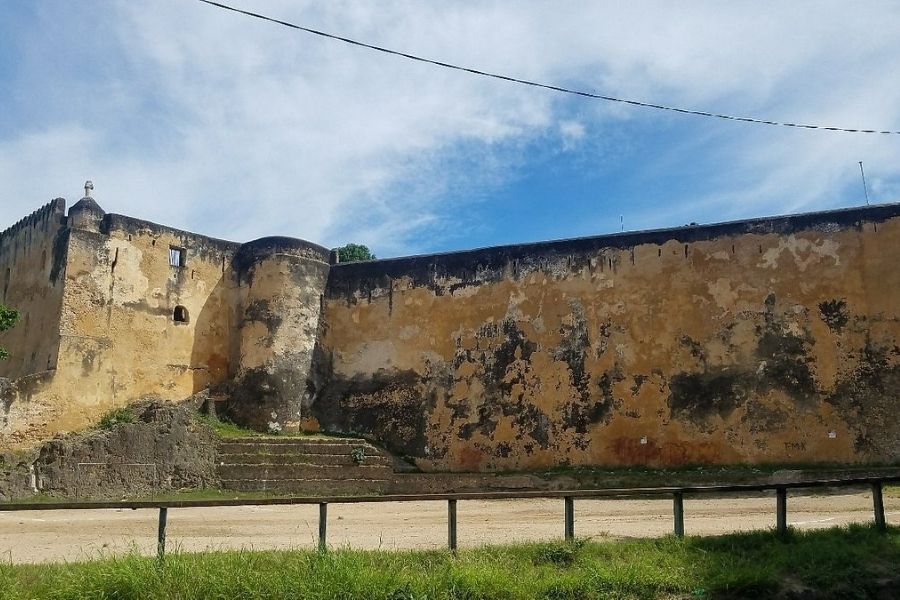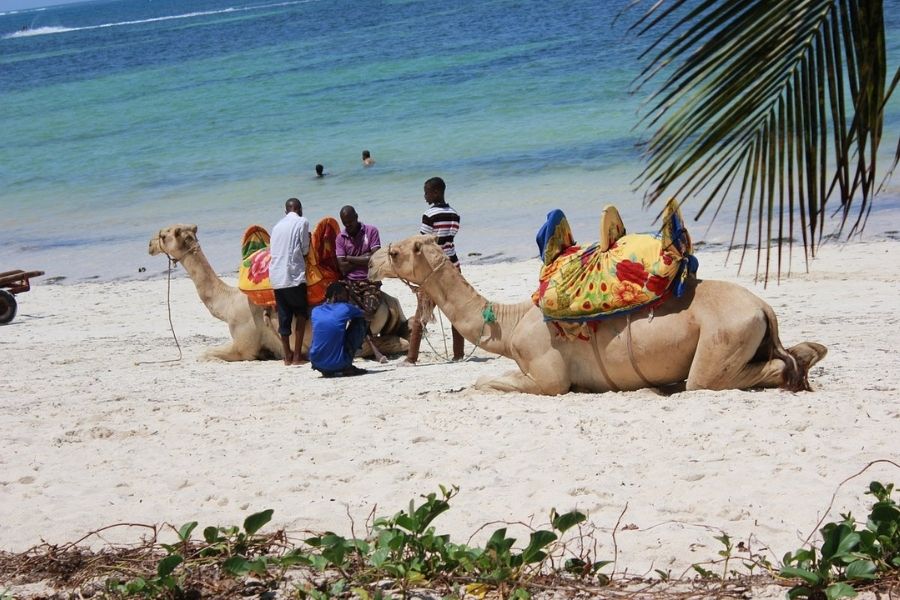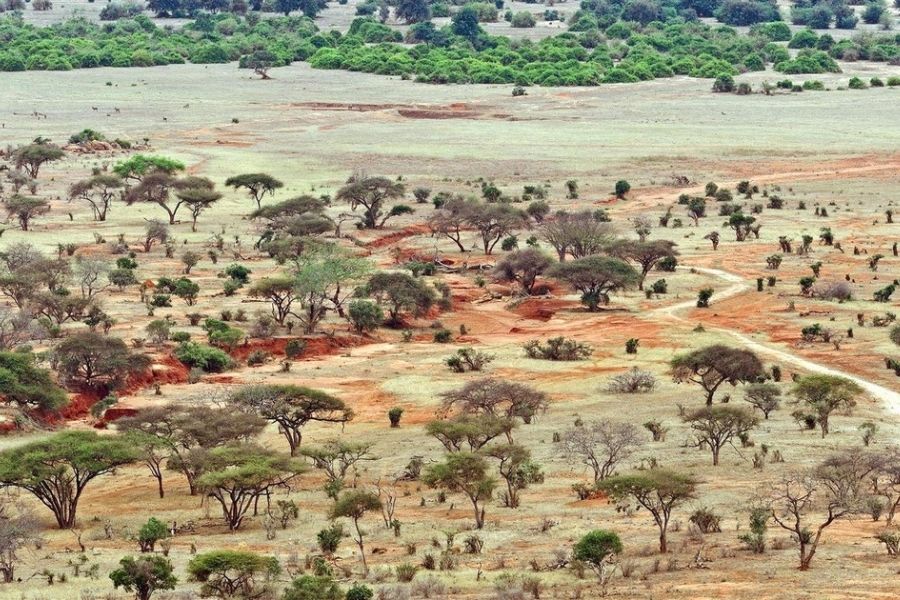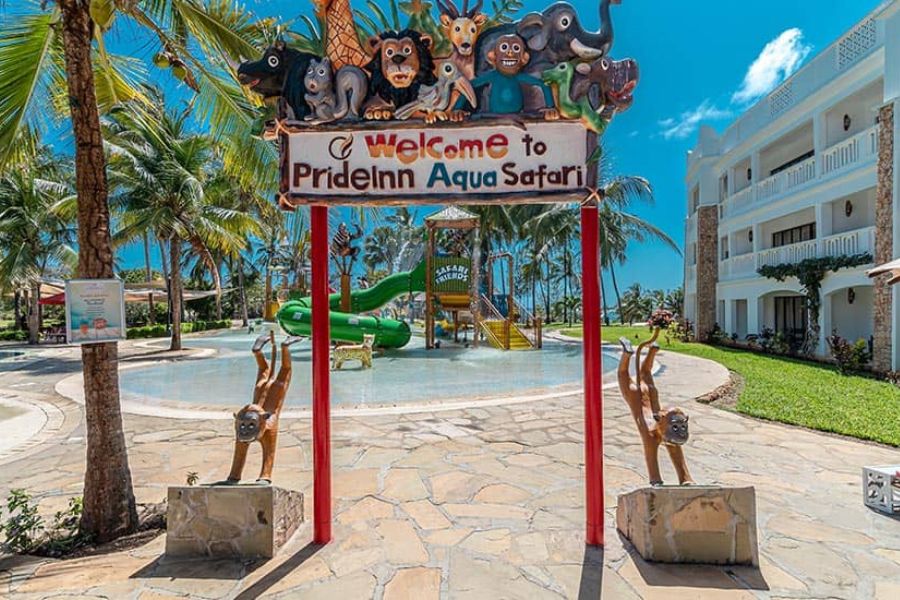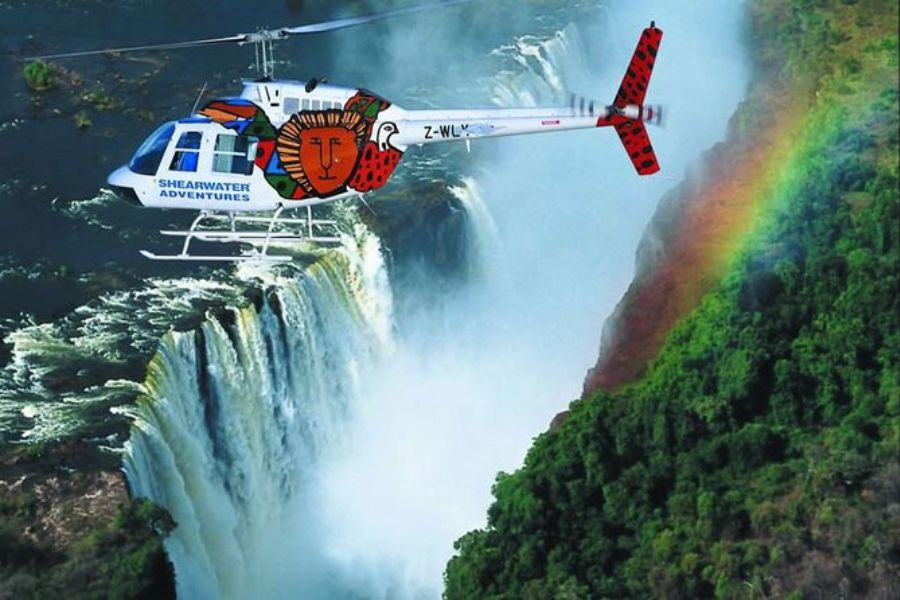ABOUT FORT JESUS
Fort Jesus is a Portuguese Fort that was built between 1593 to 1596 by the order of King Philip I of Portugal.
Built under the orders of King Philip the first of Portugal, the fort was designed by a Milanese architect named Giovanni Battista Cairati and is built in the shape of a man lying on his back when viewed from air.
Highlights:
The Fort Jesus was built with an objective of protecting the Old Port of Mombasa in Kenya.
Between the period from 1631 to 1875, the fort was won and lost 9 times by the nations who were fighting to acquire control over Kenya before finally resting with the British.
In the year 1958 Fort Jesus was declared as a historical monument in Kenya.
The fort was declared a UNESCO World Heritage Site in the year 2011.
It is also regarded as one of the most phenomenal and well preserved examples of the 16th-century Portuguese military fortifications.
A visit to the fort provides a fantastic introduction to the history of Mombasa and the wars that took place between the Muslim Arabs and the Christian Europeans for control of the area.
Fort Jesus Museum is a popular cultural attraction for visitors exploring the country's second largest city.
After the Fort was completed it quickly became a vital asset for the powers desiring to control Mombasa Island and the surrounding trade routes.
Indeed no other Fort in Africa experienced as much confrontations as Fort Jesus due to its vitally strategic positioning.
Today the Fort shows clear cultural traces from the major powers that held it, including the British, Portuguese and the Oman Arabs.
British and Portuguese trace is seen in the various cannons found on the Island while the Oman Arabs marked their occupation with Koran inscriptions into the wooden door posts and ceiling beams.
A Muslim influence can also be seen throughout the fort in the use of the 5 pillars and is seen most clearly in the former meeting hall that is supported by 5 stone pillars that reach to the ceiling.
The Fort was used as barracks for the soldiers between 1837 and 1895.
When the British protectorate was proclaimed in 1895 the fort was used as a Prison until 1958 when it was then declared a National Monument.
Today the fort is open as a museum and visitors can explore the island and view some of the historical structures that are still in existence including Oman House where the Sultan who governed the East African coast stayed.
An open water cistern which was used by the Portuguese to harvest water can be seen, as well as a 76-foot deep well that was sunk by the Arabs.
Visits to the museums can also be met with the view of various artefacts, pottery and ceramics from the era when Mombasa was a stopping point for slave trade and commodities. Further exhibits includes the Portuguese frigate; Santo António de Tanná which sank off Fort Jesus in 1698 during a siege.
In order to train Kenyan youth in traditional Swahili crafts Swahili Cultural, a centre housed in the museum at the Fort was established in 1993. More importantly the training also includes business management, enabling the youths the skills needed to become self employed.
Recently the Mombasa Butterfly House was opened to the public and has a live butterfly exhibitions which presents a paradise of tropical butterflies in a natural environment.
This is where you can learn about the biodiversity of butterflies and how it’s connected to local communities.
Location:
It is located on the Mombasa Island in Kenya.
The fort is located 490 kilometres (304.5 miles) from Nairobi on Mombasa Island and was positioned to guard and protect the Old Port of Mombasa from invasion.
Timings:
The fort remains shut on Sundays. Rest of the days, it is open from 8 in the morning to 6 in the evening.








.jpg)


